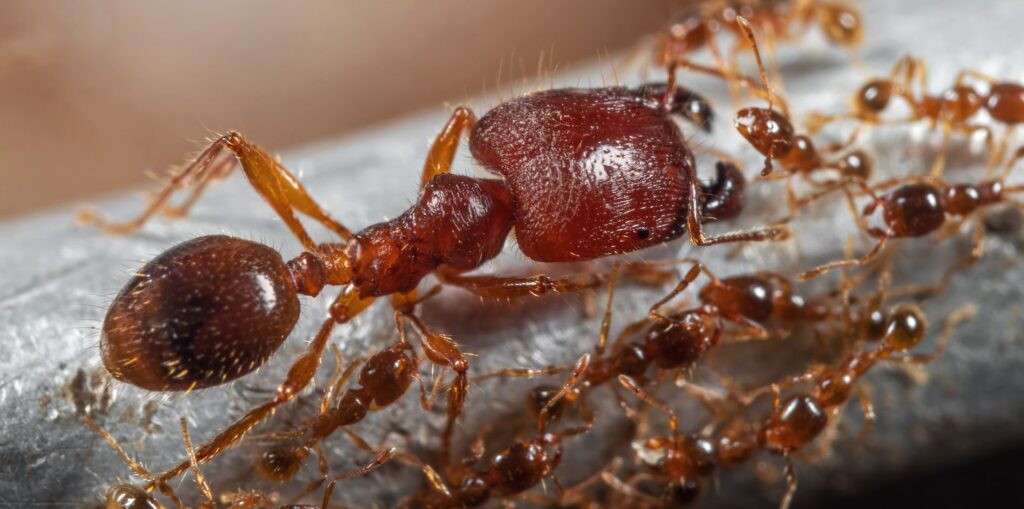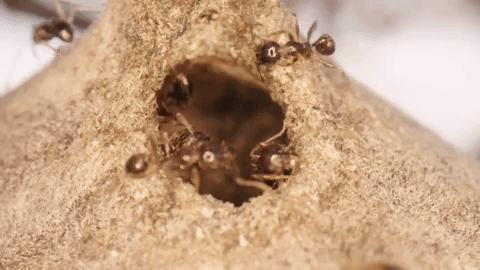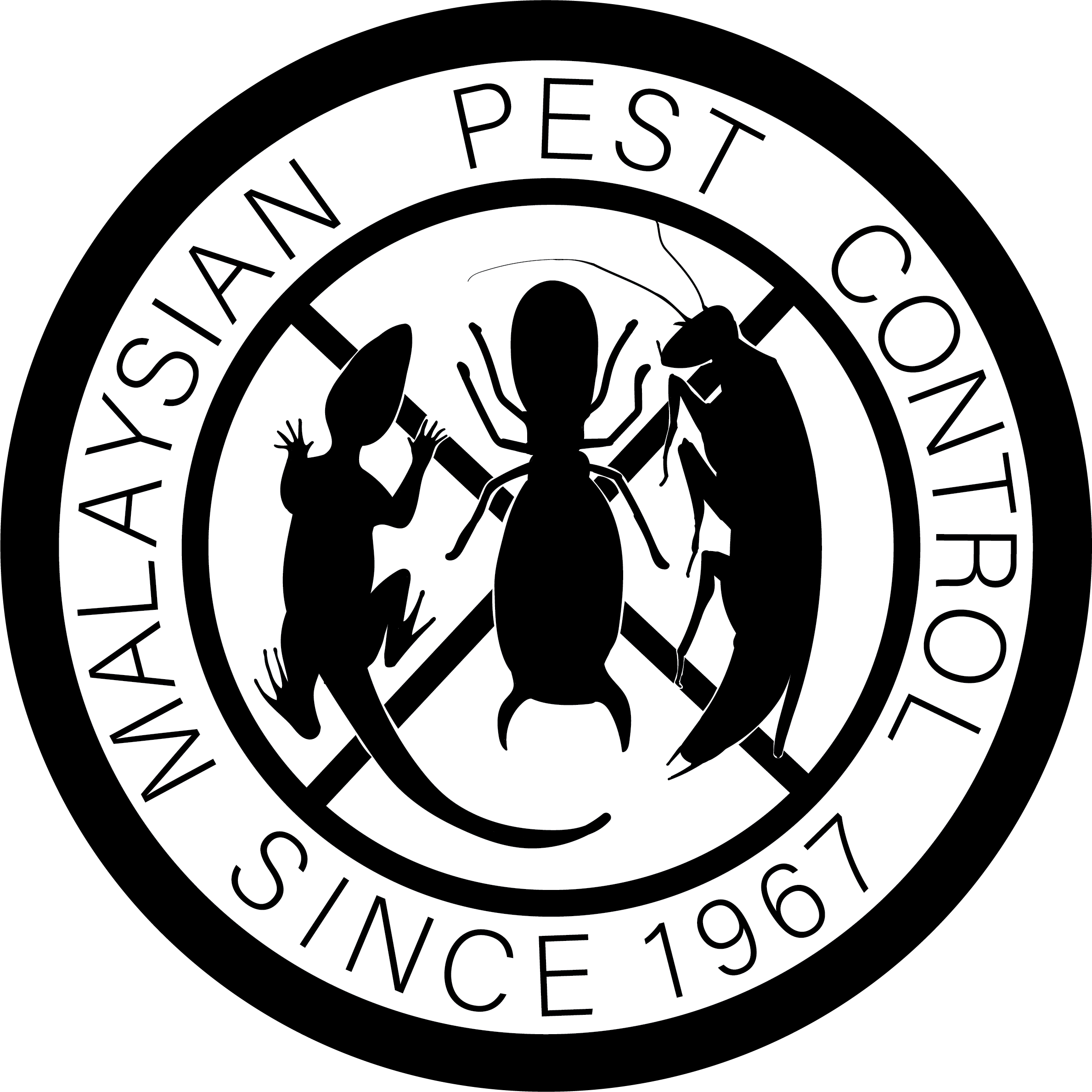About Big Headed Ants
Big-headed ants (genus Pheidole) are quite interesting and widely recognized for their distinctive caste system, which includes workers with disproportionately large heads compared to their bodies. These ants are prevalent in many parts of the world and can be significant both ecologically and as pests.

Characteristics of Big-Headed Ants
- Distinctive Feature: The most notable characteristic is the size disparity between the major (soldier) and minor workers. Major workers, or soldiers, have large heads and powerful mandibles, which are used for cutting and carrying large objects, as well as for defense.
- Size: Minor workers are much smaller and more numerous. They perform the bulk of the foraging and care for the colony’s young.
- Color: They generally range from light yellow to dark reddish-brown, depending on the species.
Biology and Lifecycle
- Colony Structure: Big-headed ants are highly social and live in large colonies with multiple nests and numerous queens, facilitating rapid population growth.
- Reproduction: Reproduction is carried out by the queens within each colony. After mating flights, which occur seasonally, fertilized queens establish new nests.
- Diet: They are omnivorous, feeding on a variety of food sources such as seeds, insects, and honeydew produced by aphids. They are also known to scavenge.
Behavior and Habitat
- Nesting Habits: Big-headed ants build nests in a variety of habitats but are commonly found under logs, rocks, and debris, and sometimes under the floors of homes or in wall voids.
- Foraging: These ants are known for their well-defined foraging trails and can travel significant distances in search of food.
- Invasive Potential: In some regions, big-headed ants are considered invasive and can displace native ant species and disrupt local ecosystems.

Interaction with Humans
- As Pests: In homes, they can be pests, infesting food products and sometimes damaging property by hollowing out wooden structures for nesting.
- Control Measures: Managing big-headed ant infestations typically involves improving sanitation, reducing available food sources, sealing entry points, and using baits and residual insecticides.
Environmental Impact
- Ecological Role: Like most ants, they play a significant role in their ecosystems, aiding in seed dispersal and the aeration of soil, and serving as predators or competitors to other insects, which helps maintain ecological balance.



